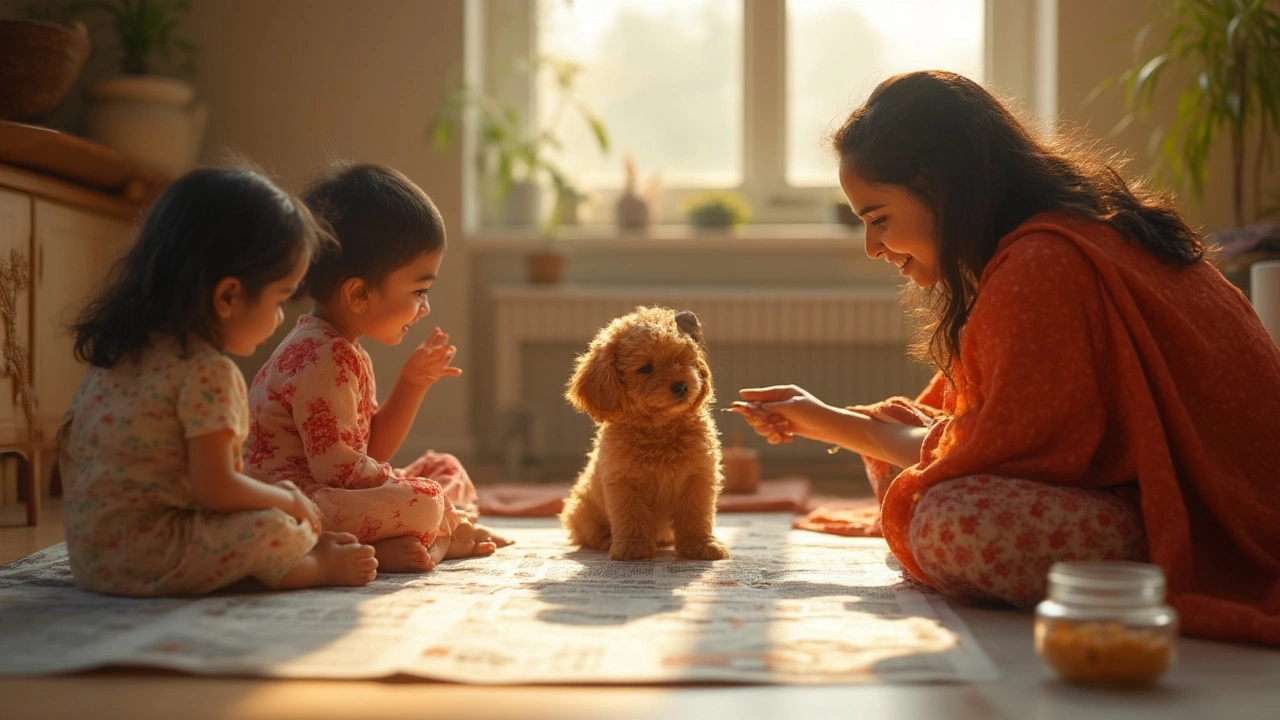Dog House Training Time – How Long It Really Takes and How to Speed It Up
Got a new pup and wonder when the endless indoor accidents will stop? House training isn’t magic – it’s a routine, a schedule, and a lot of patience. The good news is most dogs get the hang of it in a few weeks if you follow a simple plan.
Typical House‑Training Timeline
Kids grow, puppies learn. By week one you’ll notice your dog needs to go after meals, play, and naps. Expect 3‑5 bathroom trips a day for an 8‑week old. By the second week the intervals stretch a bit, and by the third or fourth week many puppies can hold it for 2‑3 hours. The exact timing depends on age, breed, and how consistent you are with cues.
Most owners see a noticeable drop in accidents around the 2‑week mark if they stick to a set feeding schedule and take the pup out every 1‑2 hours. By week six, many dogs can stay dry for 4‑5 hours, which is usually enough for a typical workday with a midday walk.
Pro Tips to Speed Up House Training
1. Consistent feeding times. Feed at the same times each day – it creates predictable bathroom windows.
2. Use a designated spot. Take your dog to the same patch of grass or the same spot on the pad every time. The scent reinforces the habit.
3. Watch the signals. Sniffing, circling, or whining means it’s time to go. React instantly, even if you’re in the middle of something.
4. Reward right away. A quick treat or enthusiastic praise right after they finish tells them they did the right thing.
5. Limit freedom early on. Confine your pup to a crate or a small puppy‑proof room when you can’t supervise. Dogs naturally avoid soiling where they sleep.
6. Clean accidents properly. Use an enzyme cleaner so the smell disappears – otherwise the dog may think it’s okay to go there again.
7. Be patient, not punitive. Yelling or punishment makes a dog anxious, which can actually cause more accidents. Stay calm and redirect.
When you combine these steps with a regular schedule, most puppies are reliably house‑trained by the time they’re three months old. If you’re still seeing frequent accidents after six weeks, consider a vet check – there could be a medical issue.
Remember, every dog learns at its own pace. Keep the routine steady, reward the wins, and don’t sweat the slip‑ups. Before you know it, your pup will be heading outside on cue, and you’ll get to enjoy a cleaner home without the stress.

Housebreaking a Dog: Timelines, Tips, and Realistic Expectations
How long does it really take to housebreak a dog? Unpack the surprises, smooth out the wrinkles in training, and learn how to make potty training work for every dog.
read more


